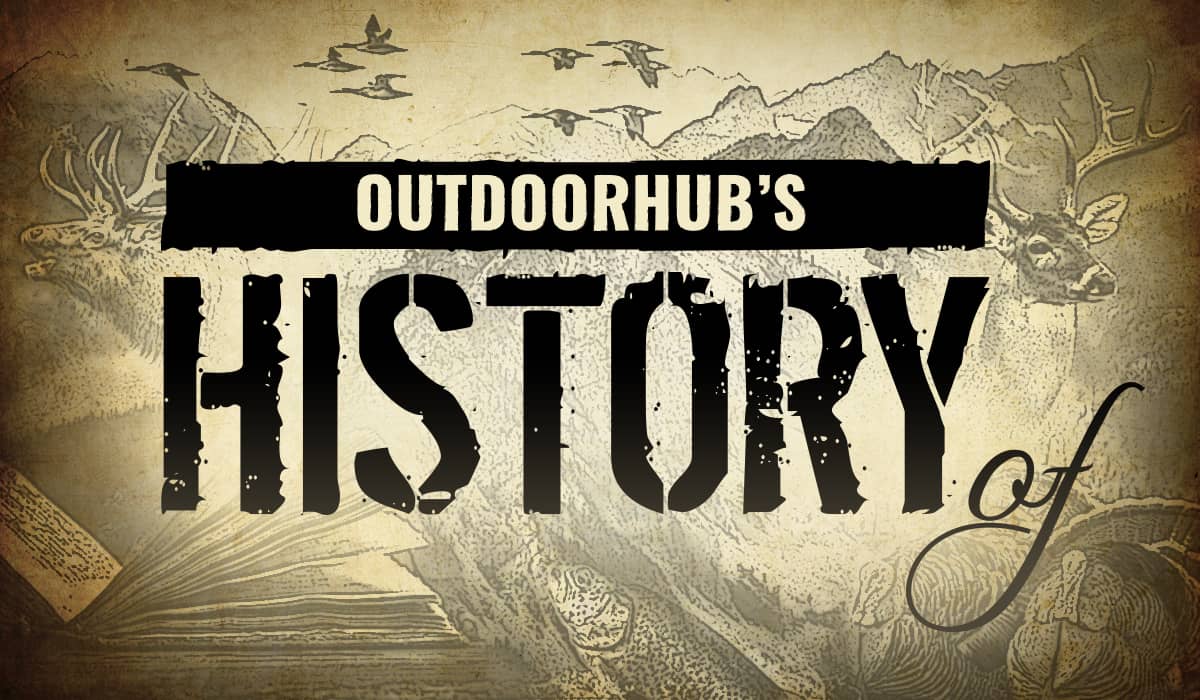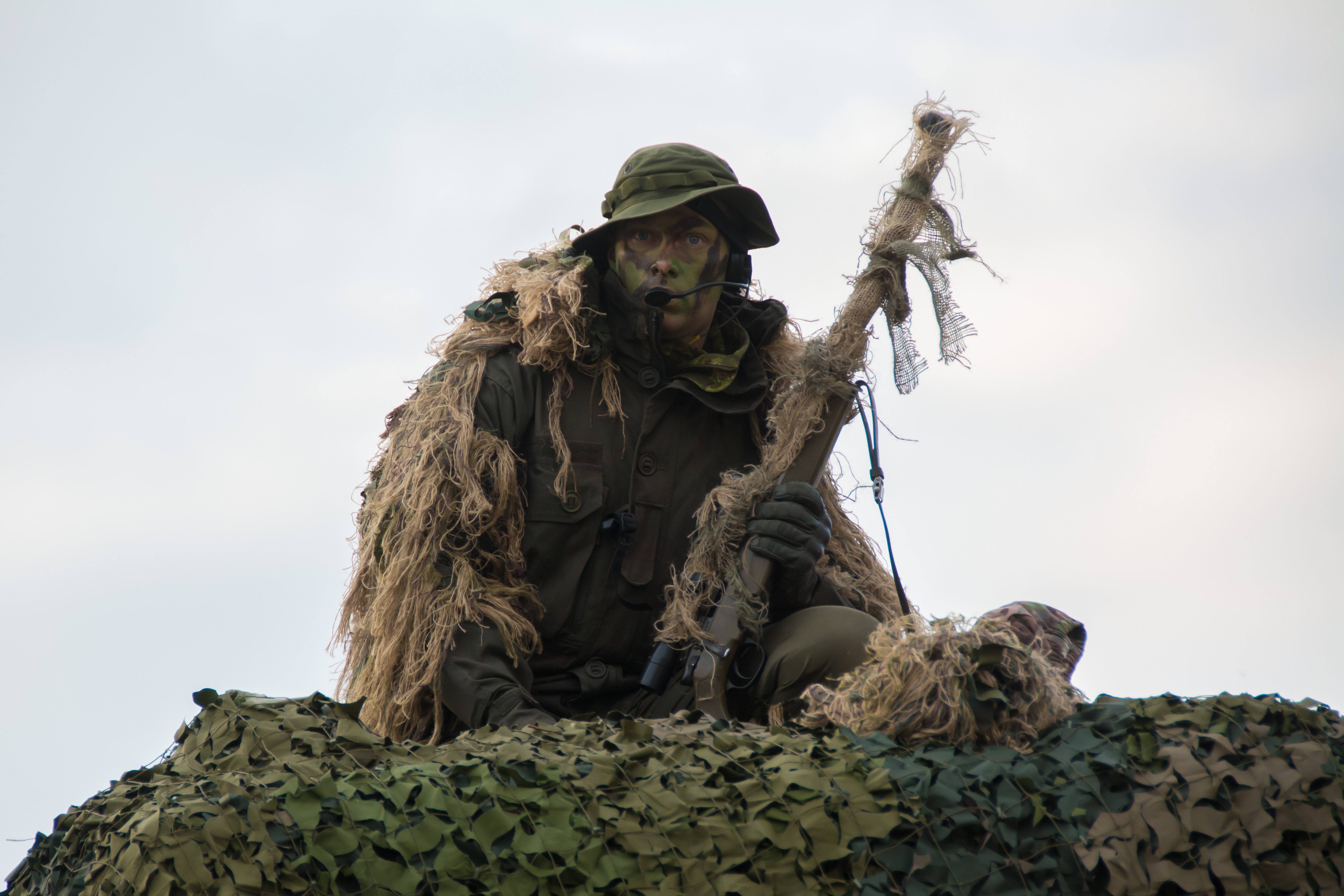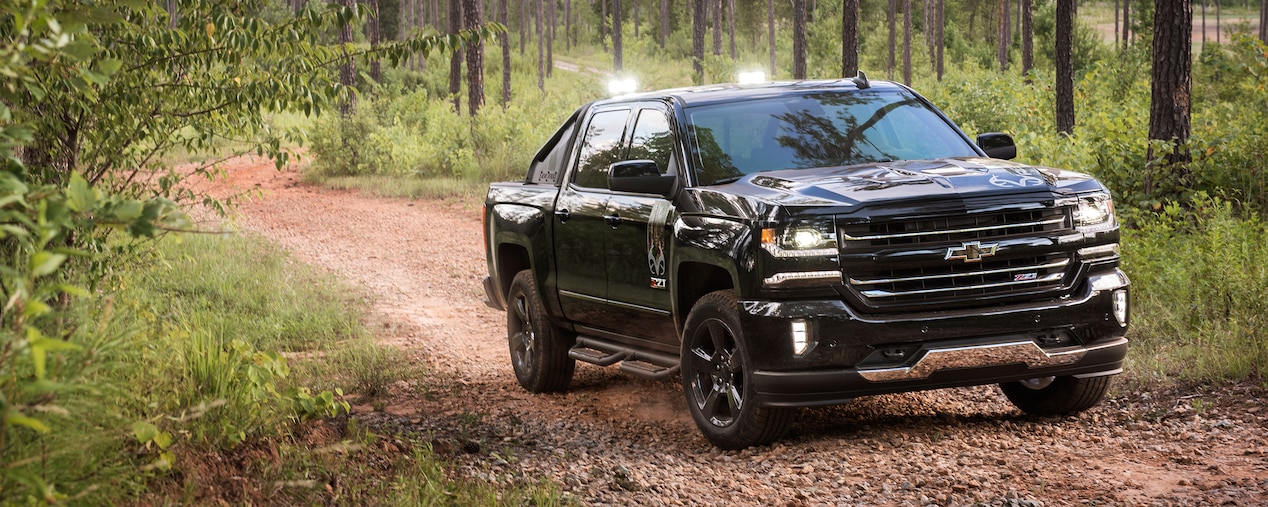The History of: Realtree Camouflage
Jeff Williamson 07.18.18

Hunters have long been using discretion in stalking prey, and in that pursuit, discretion has provided success more times than not. Today, while hunting remains for practical purposes of food and conservation, the general practice is about adoption of the right pattern of camouflage.
The use of camouflage in nature, and by nature, was first categorically observed by Aristotle in mid 300 BC in his work the “History of Animals.” The point of not being seen was important while avoiding predators, but also utilized by octopuses to stalk their own prey. This was further evaluated by Charles Darwin in his remarks on how certain species employed patterns and practices in both hunting and not being hunted themselves. Indeed, nature does provide many examples of effective camo patterns from amusing, to disconcerting.
As far as use by man, camouflage patterns for hunting was fairly simple, and as for use in war, seems to have been a long time coming. In fact from earliest times to even the 20th century, soldiers and armies appear to have operated under the mentality of being seen at all costs rather than trying to be discrete. It was not until the widespread use of accurate range weapons did it seem to suddenly occur to military minds that if your men can be seen, they can be killed. The first widespread employment of this was the 1st Sharps Regiment of the US Civil War. Armed with long range, and more easily reloaded Sharps Rifles, they were also garbed in a dark green to better conceal their movements. This color choice ironically worked against them when they were employed more often, not as skirmishers (the intention) but as front-line troops, and their different uniforms drew more attention to them from Confederate marksmen.
As weapons continued to outpace tactics, the British during the Second Boer War quickly learned to ditch their scarlet red uniforms in favor of khaki when dealing with Afrikaner marksmen. It was during this conflict that the Scots Lovat Scouts did one better and adopted a mobile blind that Scottish hunters did use for their duck hunts into a wearable suit.
Thus, the ghillie suit was born.

World War I saw efforts at concealment take greater strides forward, as each army quickly sought to catch up; Germany had already ditched their Prussian blue uniforms for grey, the British went khaki as already noted, the French too got rid of the red pantaloons for a subdued pale blue. Yet at the same time, there was a move towards “dazzle” camouflage to help obscure equipment not by being discrete but by confusing the eye of the shooter. Perhaps the most famous example was Richthoven’s Flying Circus.
Returning to hunting: as camo science was pushed on by competing armies, the huntsmen went with what was comfortable for the day. As for concealment, a good red plaid provided a marginal break up of their profile – at least to anything that had monochromatic vision, anyway – as well as a safety color to other hunters.
It was not until the 1980’s that there was a real effort to offer hunters something that was more concealable and truly cutting edge.
Bill Jordan, the founder of Realtree, decided that there was no better designer than nature, and thus went back to the very basics.
The tale of Realtree hits a couple of the touchstones of a Cinderella story. In 1986, Jordan was caught up in the sudden market demand for new commercial patterns and was contemplating different camo patterns for his own use and sale. At the time, he was working for an archery distributor during the day, while participating in fishing competitions to help make ends meet. It was while observing nature in the backyard that he hit upon layering different patterns of branches and leaves to provide a depth that truly broke up the outline of the wearer. The pattern, however, proved too complex for his standard production means. He was able to obtain just one sample garment – all his promotions were through photos of the pattern on different models. Eastbank Textiles finally was able to meet the printing challenge with just a week to spare before that year’s Shooting, Hunting, Outdoor, Trade (SHOT) show. True to last minute rush jobs, the fabric for the show samples were sent to the wrong address and with only a few days left, a booth’s worth of inventory was being sewn together and put on display in the minutes before the show doors opened.
The true worth of his patterns was made manifest in the first hours of the show, as representatives from Walmart, Brass Pro Shops and Oshman all spent the first morning in Jordan’s booth. With multiple interested parties, Realtree licensing was created. Eastbank Textiles became the first licensee of the pattern, passing the fee of each yard of material to the manufacturer. Meanwhile, Jordan had to dodge the show promoters during the week because he still owed half of his show fee. By the end of the show, he pulled it together and fulfilled his responsibility.
The early days were full of stories like this because while the demand was there, the capital was not. Jordan realized early on, however, that it was not the garments that he had to sell, but the patterns. Manufacturers only wanted to move their own brands, but it was his patterns that they wanted. They just needed to be convinced of that. This was where his success came through: selling the camouflage to the fabric producers and distributors.
Starting with off hours, part time production by three or four people in an old church to today, Realtree has grown to a company that employs 80 people in Columbus, Georgia. This may not seem like a lot, but the company holds control of over 1500 licenses for their patterns. To stay at the cutting edge, they employ computers, digital cameras and realistic photo printing to advise their clients, and the licensees, on how to promote and maintain their products’ serviceability. Further, new designs are always being offered for the next need to be expressed.
Today Realtree patterns can be found on everything from clothing, to tents, to bags, to wraps, and even vehicles, yet there is no sign of the company slowing down anytime soon.

Inspired by the elements of nature, the company has become a virtual force of nature in the outdoor sporting world. It is perhaps ironic that a camo company’s product should achieve such a high profile of exposure. Yet that is also the best element of Bill Jordan’s product marketing vision: that a really good idea should not stay hidden.

